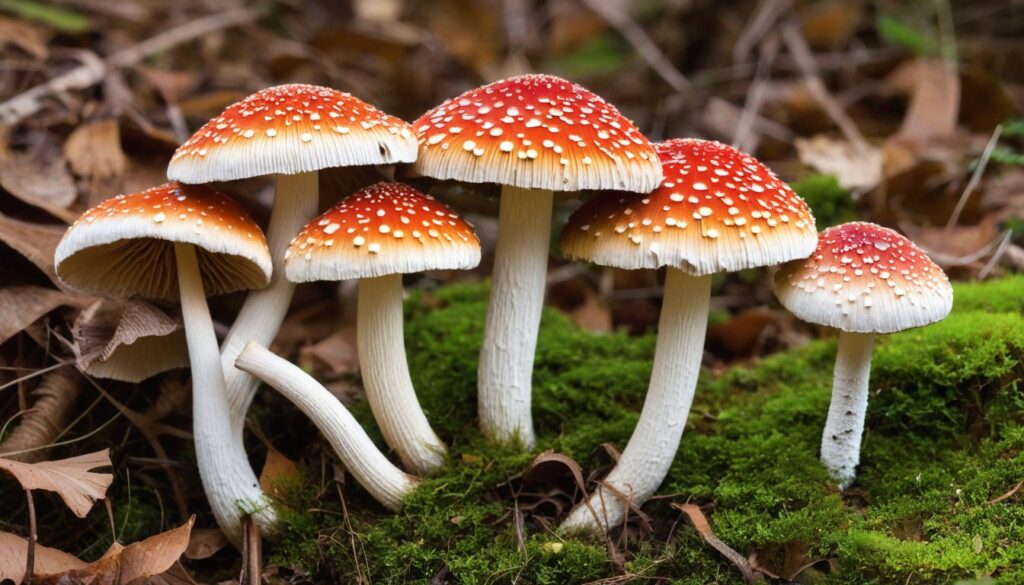Alaska is home to a wide variety of mushrooms, some of which can be poisonous and potentially lethal if ingested. It’s important to be aware of the dangers of poisonous mushrooms and to know how to identify and avoid them for your safety during outdoor activities. In this comprehensive safety guide, we will explore the topic of poisonous mushrooms in Alaska and provide valuable tips to help you stay safe in the wild.
Key Takeaways
- Alaska’s diverse mushroom species can be both fascinating and dangerous.
- Identifying key characteristics and growth patterns is crucial in distinguishing poisonous mushrooms from safe varieties.
- Some of the most common poisonous mushrooms found in Alaska include the Death Cap and the Destroying Angel.
- Consuming poisonous mushrooms can have severe toxic effects on your health, and medical attention should be sought immediately if ingestion occurs.
- By following proper safety precautions, education, and responsible foraging practices, you can confidently enjoy Alaska’s vast mushroom kingdom while staying safe from poisonous species.
The Diversity of Mushrooms in Alaska
Alaska is home to a vast array of mushroom species, with over 2,000 different varieties identified to date. These fungi can be found in a range of habitats, including forests, wetlands, tundra, and even suburban backyards. The diversity of mushroom species in Alaska makes it a prime location for mushroom hunting enthusiasts, but it’s crucial to exercise caution and proper identification techniques when foraging for these fungi.
Some common types of mushrooms found in Alaska include:
Mushroom Species | Appearance | Habitat |
|---|---|---|
Boletus edulis (King Bolete) | Large, brown cap with a white stem and spongy underside | Coniferous and mixed forests, often near spruce trees |
Amanita muscaria (Fly Agaric) | Red cap with white patches and white stem | Coniferous and deciduous forests |
Gomphus floccosus (Scaly Chanterelle) | Orange cap with ridges and a yellow-orange stem | Coniferous and mixed forests, often near hemlock trees |
These are just a few examples of the diverse range of mushroom species found in Alaska. It’s important to note that while some mushrooms are edible and delicious, others are poisonous and can cause serious harm if ingested. Before consuming any mushroom found in the wild, proper identification by a knowledgeable expert is essential.
Identifying Poisonous Mushrooms
When it comes to identifying poisonous mushrooms in Alaska, there are a few key characteristics to look out for. First and foremost, color can be a major indicator of toxicity. Many poisonous mushrooms have bright colors, such as red, yellow, or orange, while safe varieties tend to have more muted hues. Additionally, the cap and stem of a mushroom can offer important clues. Mushrooms with white gills and stems, for example, are typically safe to consume, while those with discolored or bruised parts are often toxic.
It’s also essential to pay attention to the growth patterns and habitats of mushrooms. Some dangerous species, such as the deadly Amanita phalloides, have distinctive features such as a partial veil that can help differentiate them from other varieties. Moreover, gathering mushrooms from contaminated soil, near decomposing matter or in areas with industrial waste or pollution can pose a serious health risk.
If you’re unsure about the identification of a particular mushroom species, it’s always best to err on the side of caution and avoid consuming it. Poisonous mushrooms can cause a range of serious symptoms, from gastrointestinal distress to seizures and even death in extreme cases.
Common Poisonous Mushrooms in Alaska
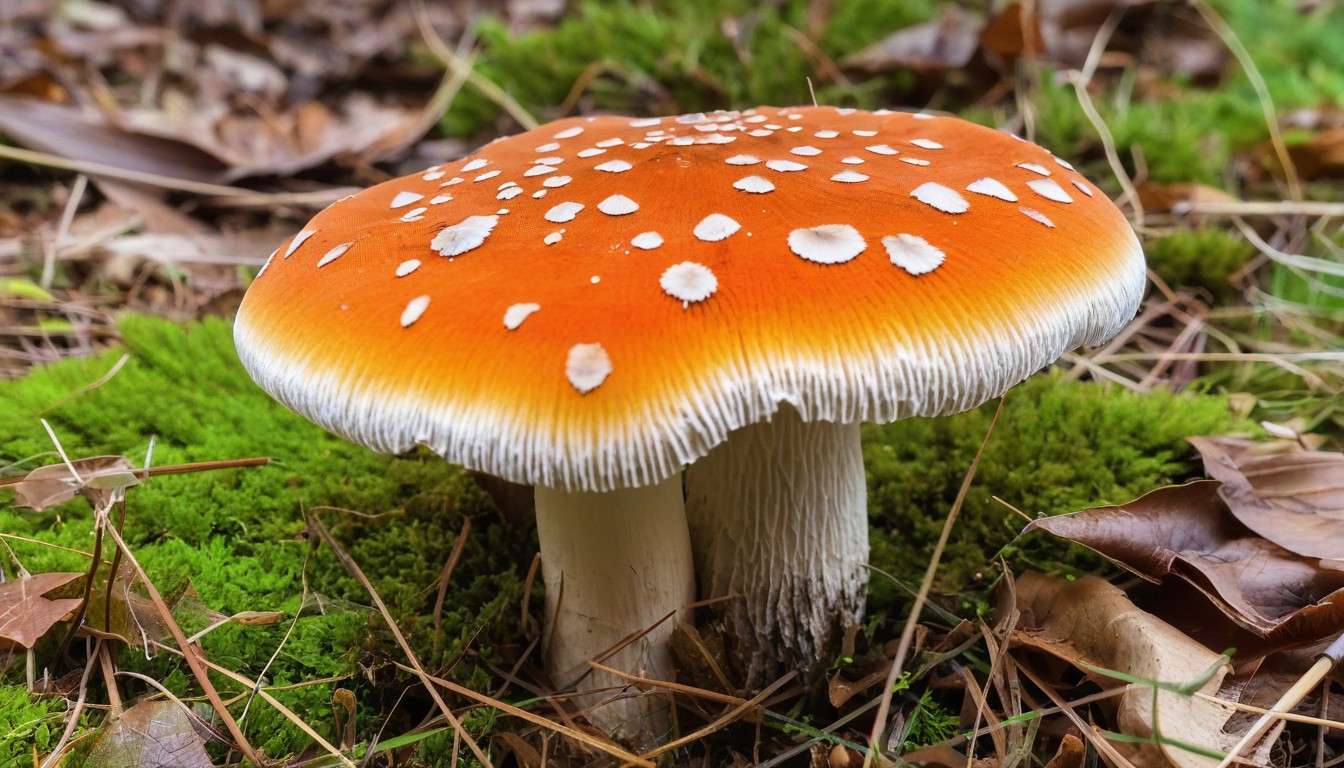
When wandering through the Alaskan wilderness, it’s crucial to be aware of the most common poisonous mushroom species. Here are some of the well-known and easily identifiable toxic fungi:
Mushroom Name | Appearance | Habitat | Health Risks |
|---|---|---|---|
Death Cap (Amanita phalloides) | The cap is yellow-green to olive with white gills. The stem is white with a volva. | Found in oak trees in the coastal region. | Contains the toxin amatoxin, which can cause severe liver damage. |
False Morel (Gyromitra esculenta) | The mushroom has a brown brain-like cap with folds and wrinkles. The stem is white or yellow-brown. | Commonly found in disturbed habitats with hardwoods and conifers. | Contains the toxin gyromitrin, which can cause nausea, vomiting, and in severe cases, convulsions and death. |
Panther (Amanita pantherina) | The cap ranges in color from light to dark brown, with white or cream-colored gills. The stem is white and has a ring around it. | Can be found in deciduous and coniferous forests, and near human settlements. | Contains the toxin ibotenic acid, which can cause symptoms such as abdominal cramps, diarrhea, and hallucinations. |
Deadly Galerina (Galerina autumnalis) | Small, honey-brown caps with dark edges. The stem is long and thin, with a slight ring. | Often found growing on decaying wood. | Contains the toxin amatoxin, which can cause liver failure and death. |
Remember, when in doubt, it’s always better to err on the side of caution and avoid eating any wild mushrooms you find.
Toxic Effects of Consumption
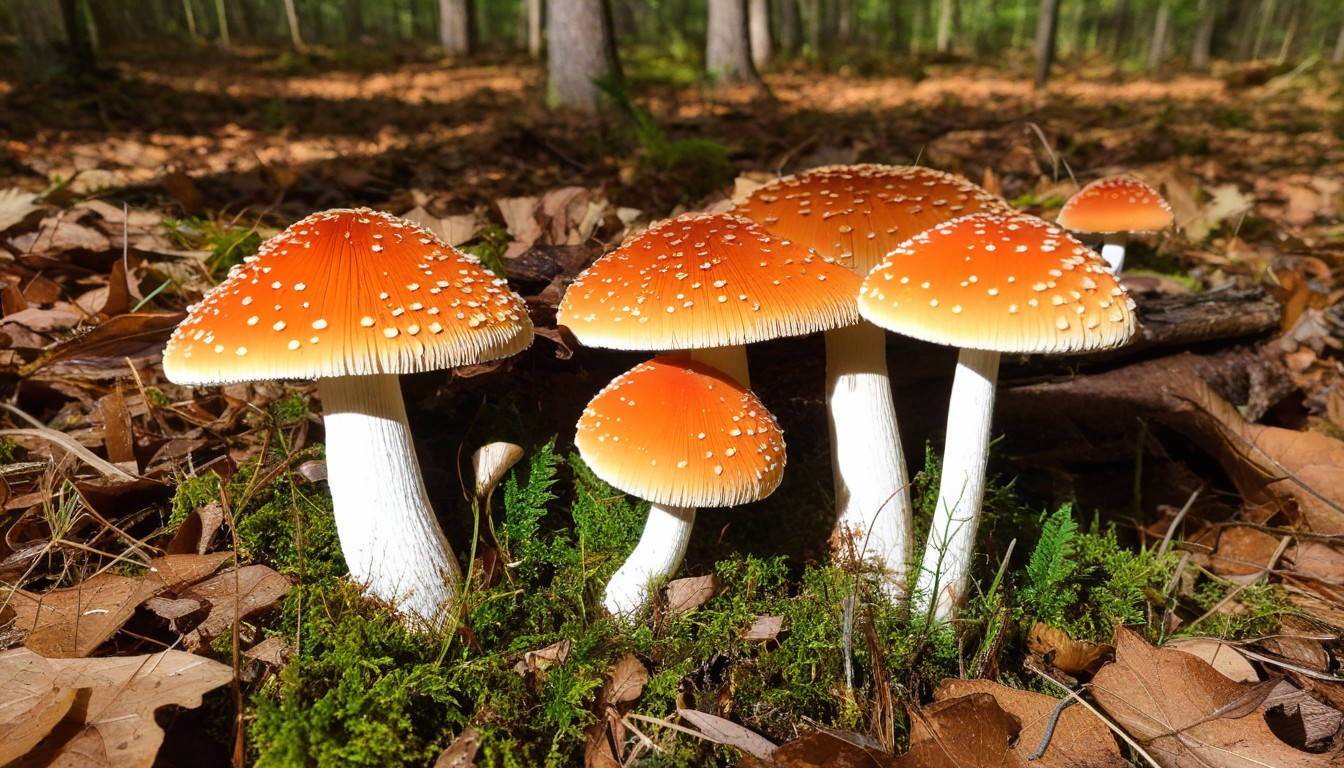
Consuming poisonous mushrooms in Alaska can have severe toxic effects on your health. It is essential to understand the potential dangers and symptoms associated with ingestion. Depending on the type of mushroom, toxic effects can range from mild to life-threatening, and some may not present symptoms immediately.
Type of Mushroom | Symptoms |
|---|---|
Amanita muscaria | Vomiting, diarrhea, abdominal pain, hallucinations, convulsions, coma |
Galerina marginata | Nausea, vomiting, abdominal cramps, diarrhea, liver damage, death |
Inocybe spp. | Abdominal pain, vomiting, diarrhea, convulsions, coma |
If you or someone you are with ingests a poisonous mushroom in Alaska, seek immediate medical attention, and bring the mushroom along for identification. It is crucial to act quickly as toxic effects can worsen over time and become more challenging to treat.
Safety Precautions in the Wild
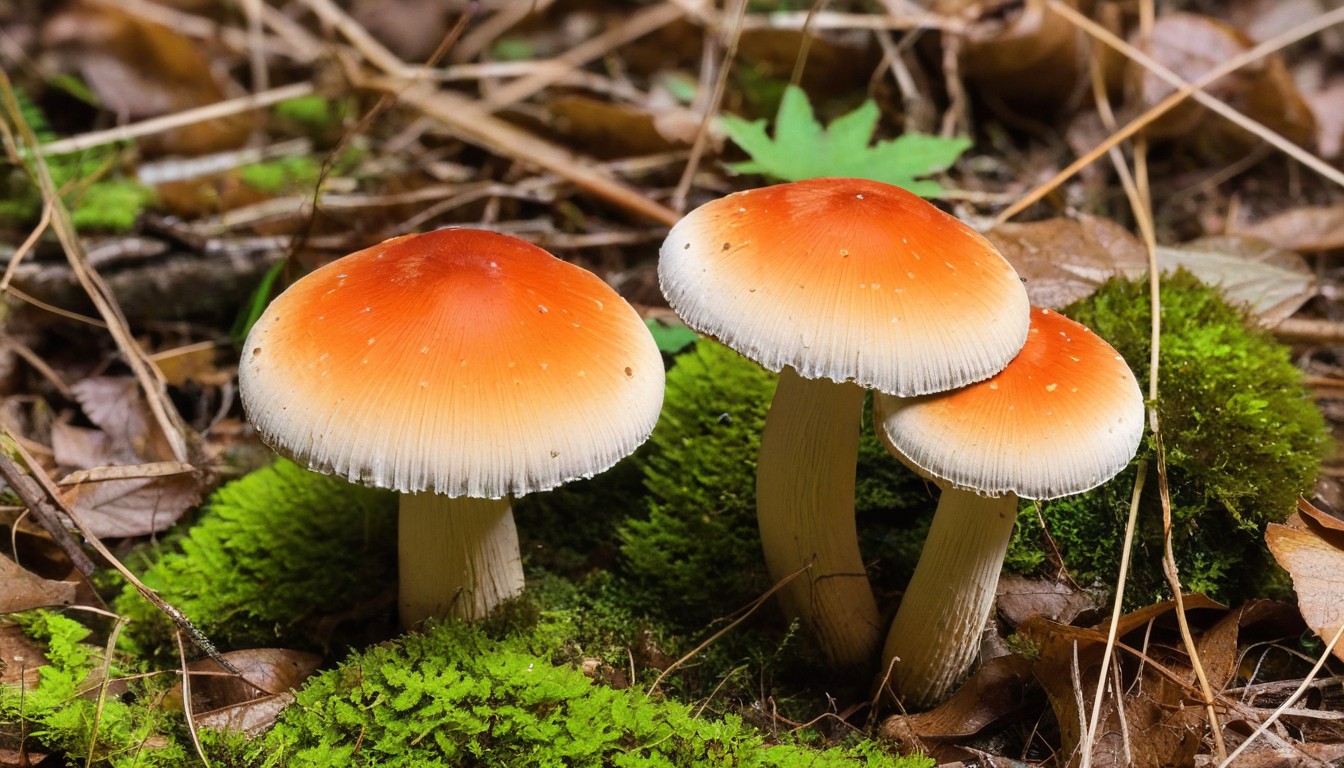
When it comes to foraging for mushrooms in the wilds of Alaska, safety should always be your top priority. Follow these essential safety precautions to minimize the risk of accidental consumption:
- Know Your Mushrooms: Before heading out into the wilderness, take the time to properly identify the various mushroom species that grow in Alaska. Familiarize yourself with the characteristics of poisonous mushrooms and steer clear of them.
- Proper Handling: Always handle mushrooms with care, being sure to avoid any contact with your bare skin. Wear gloves and use a knife to carefully cut the stem at its base to avoid pulling up the entire mushroom.
- Responsible Foraging: Only harvest mushrooms that you are certain are edible and leave any mushrooms that show signs of decay or insects. Remember to only take what you need and never harvest more than 10% of any one mushroom patch.
- Seek Expert Advice: If you are unsure about the safety of a particular mushroom species, seek advice from an expert or trained mushroom identifier.
By following these safety precautions, you can enjoy foraging for mushrooms in Alaska’s beautiful wilderness without risking your safety or health.
Educating Yourself for Safe Foraging
When foraging for mushrooms in Alaska, it’s crucial to be informed and prepared. Educating yourself on safe foraging practices is key to ensuring your safety.
Before heading into the wilderness, it’s essential to seek mentorship from an experienced forager or take a mushroom identification course. Understanding the different types of mushrooms and how to identify them can help you avoid poisonous varieties. Be sure to bring a guidebook with you and reference it often during your foraging excursions.
Resource identification is also critical to safe foraging. Always research the area you plan to forage in and make sure it’s legal to do so. Avoid picking mushrooms in areas that have been recently sprayed with pesticides or near heavy traffic.
Tips for Safe Foraging:
- Always use caution and approach mushrooms with respect.
- Bring a knowledgeable companion with you.
- Carry a detailed guidebook and reference it frequently.
- Start foraging in small quantities until you are confident in your identification skills.
- Avoid picking mushrooms that are close to the ground or have been damaged by insects.
By educating yourself on safe foraging practices and taking necessary precautions, you can enjoy the excitement of mushroom hunting while staying safe in the Alaskan wilderness.
Poisonous Mushrooms vs. Edible Varieties
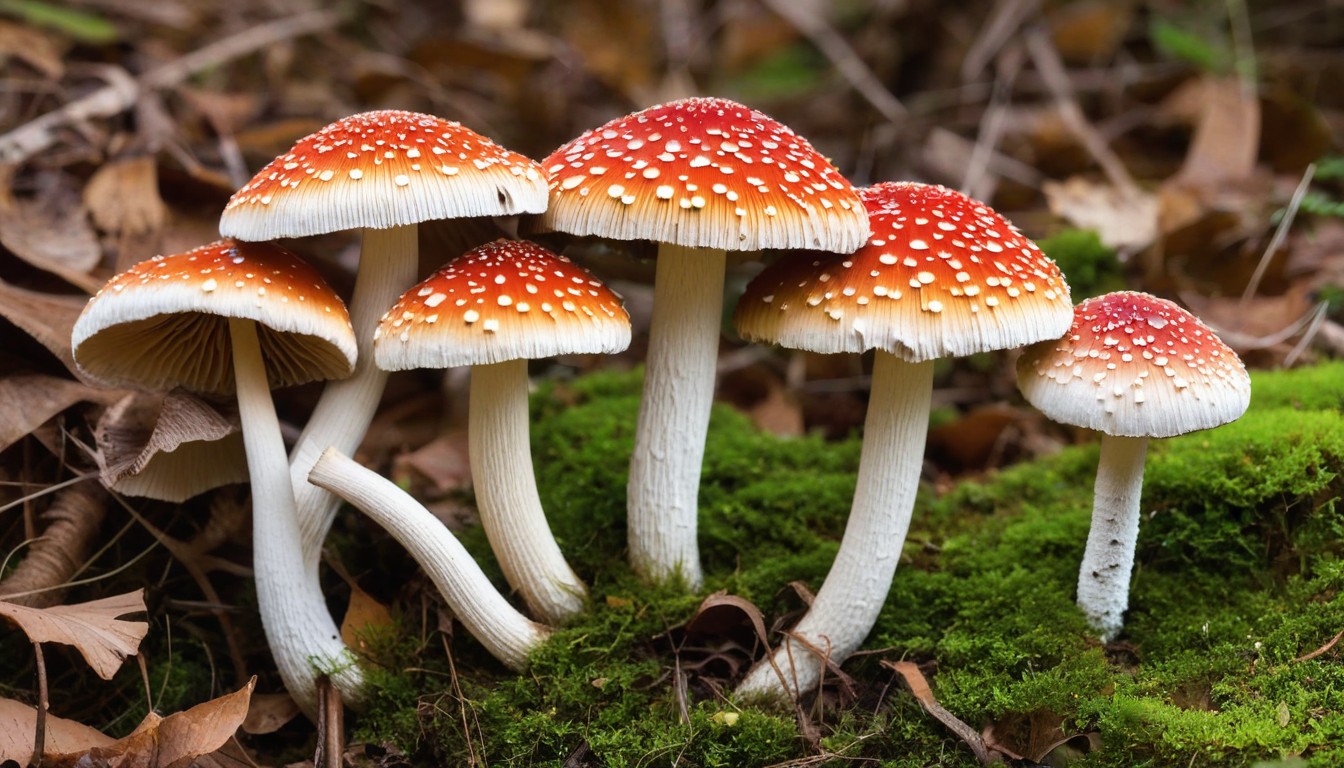
When foraging for mushrooms in Alaska, it’s important to be able to differentiate between the toxic and the safe. The following characteristics can help you distinguish between poisonous mushrooms and edible varieties:
Poisonous Mushrooms | Edible Varieties |
|---|---|
Unpleasant odor | Pleasant, nutty odor |
Bland or bitter taste | Distinctive, savory taste |
Bright colors (red, orange, yellow) | Earthy, muted colors (brown, grey, beige) |
If you encounter a mushroom that displays any of the characteristics of poisonous mushrooms, it is best to err on the side of caution and avoid consuming it.
Always Verify with a Knowledgeable Resource
While it’s important to be able to identify common poisonous mushrooms found in Alaska, it’s equally important to seek out expert knowledge before consuming any wild mushrooms. Ensure you consult with a knowledgeable resource (such as a field guide, trained expert, or mentor) who can verify the safety of the mushrooms you have collected.
By following these guidelines, you can safely enjoy the delicious world of edible mushrooms that Alaska has to offer.
Conclusion
Alaska offers a vast expanse of wilderness and diverse ecosystems that are home to various mushroom species. While some are edible and offer unique flavors and nutrients, others are extremely poisonous and can cause serious health issues.
By understanding the characteristics of poisonous mushrooms and following safety precautions when foraging, you can ensure your safety during wilderness adventures. Remember to always educate yourself, seek mentorship, and exercise caution when encountering unfamiliar species.
With this safety guide, we hope to have equipped you with the knowledge and resources necessary to explore the wonders of Alaska’s mushroom kingdom safely.
FAQ
What are the potential health risks of consuming poisonous mushrooms in Alaska?
Consumption of poisonous mushrooms in Alaska can have severe toxic effects on your health. Symptoms may include nausea, vomiting, abdominal pain, hallucinations, liver damage, and even death. It is important to seek immediate medical attention if ingestion occurs.
How can I identify poisonous mushrooms in Alaska?
Identifying poisonous mushrooms in Alaska requires knowledge of their key characteristics. Look for warning signs such as bright colors, unusual shapes, foul odors, or slimy textures. Consulting a reliable mushroom identification guide or seeking guidance from an experienced mycologist is highly recommended.
Are there any common poisonous mushroom species in Alaska?
Yes, Alaska is home to several common poisonous mushroom species. Some examples include the death cap (Amanita phalloides), fly agaric (Amanita muscaria), and galerina (Galerina autumnalis). These mushrooms should be avoided at all costs due to their high toxicity.
What safety precautions should I take when foraging for mushrooms in the wild?
When foraging for mushrooms in the wild, it is crucial to follow several safety precautions. These include wearing gloves, avoiding contact with unknown mushrooms, carefully inspecting each specimen, and never consuming mushrooms unless you are absolutely certain of their safety. Proper education and mentorship are also essential for safe foraging.
How can I differentiate between poisonous and edible mushrooms in Alaska?
Distinguishing between poisonous and edible mushrooms in Alaska requires careful observation. Pay attention to features such as cap color, gills, stem structure, spore color, and habitat. It is recommended to consult reputable mushroom identification resources or consult with experienced foragers to ensure accurate identification.

